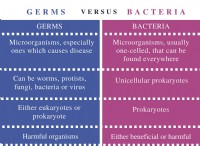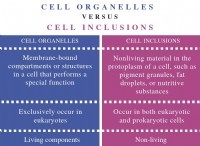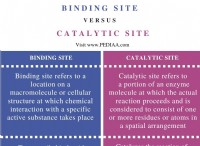1. 변형 :
* Bacteria take up naked DNA from their environment. 이 DNA는 죽은 박테리아에서 방출되거나 실험실 환경에서 의도적으로 도입 될 수 있습니다.
* The DNA is then integrated into the bacterial chromosome, potentially adding new genes to the recipient bacterium.
*이 과정은 박테리아가 유능한 상태에 있어야합니다. 즉, 외부 DNA를 흡수 할 수있는 특정 단백질과 메커니즘이 있습니다.
2. Transduction:
* Viruses called bacteriophages infect bacteria.
* During the phage's replication cycle, some bacterial DNA may be accidentally packaged into new phage particles.
* When these phages infect other bacteria, they can transfer the bacterial DNA along with their own genetic material.
*이 과정은 일반화 될 수 있습니다 (랜덤 박테리아 DNA 조각이 전달됨) 또는 특수 (특정 유전자 만 전달).
3. Conjugation:
* This is a direct transfer of genetic material from one bacterium to another through a conjugation pilus.
* 공여자 박테리아에는 F- 플라스미드라는 특수 플라스미드가 있으며, 여기에는 필러스 형성에 필요한 유전자가 포함되어 있습니다.
* 필러는 수용자 박테리아에 부착되어 DNA, 전형적으로 F- 플라스미드 자체의 전달을위한 채널을 형성합니다.
* 경우에 따라, F- 플라스미드는 박테리아 염색체에 통합되어 염색체 유전자의 전달을 초래할 수있다.
Key factors that allow bacteria to join together and transfer genes:
* Genetic elements: 플라스미드 및 박테리오파지와 같은 특정 유전자 요소의 존재는 유전자 전달을 용이하게한다.
* Competence: 박테리아는 변형이 발생하기 위해서는 유능한 상태 여야합니다.
* 필러스 형성 : 컨쥬 게이션은 기증자 박테리아가 필러스를 생산해야하므로 수용자와의 물리적 접촉이 가능합니다.
* 환경 적 요인 : Factors like nutrient availability, stress, and the presence of specific signaling molecules can influence the likelihood of gene transfer.
이들 유전자 전이 메커니즘은 박테리아가 항생제 내성 또는 새로운 식품 공급원을 분해하는 능력과 같은 유익한 특성을 공유 할 수있게한다. 이 과정은 박테리아 진화와 적응에 중요한 역할을합니다.







